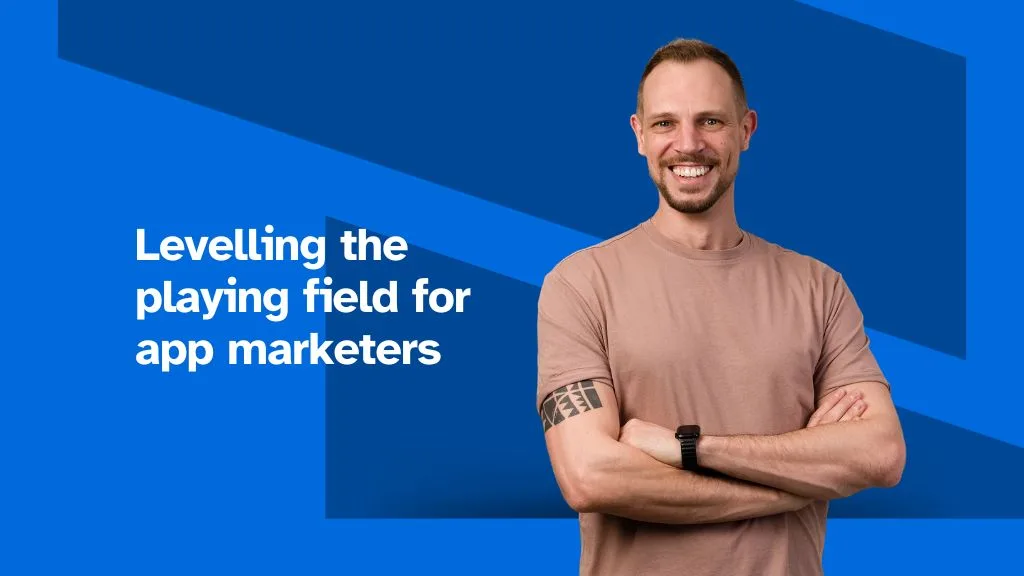By Thomas Kriebernegg, General Manager, SplitMetrics Agency
The app economy is booming. The latest figures show that in 2023 alone, there were 257 billion app downloads, and consumer spending reached $171 billion. Interestingly, a significant portion of this spending comes from small and medium-sized businesses (SMBs). According to surveys, nearly half (48%) of small businesses now have a mobile app. This indicates a growing trend among SMBs to invest in mobile technology to reach their customers and increase their revenue.
It’s not surprising since 88% of mobile time is spent within apps – whether it is shopping, gaming, reading or working, we are increasingly spending our mobile time in apps.
However, despite the potential, the mobile marketing landscape presents a unique challenge for smaller teams. Compared to large enterprises with vast resources, SMBs often need more tools and budgets to compete on an equal footing. This raises the crucial question: how can mobile marketing professionals at these companies leverage their strengths and increase their chances of success in a crowded app store?
Finding the right balance between organic and paid user acquisition
While paid advertising can be a powerful tool, there are other paths to success when the budget is tight. Focusing on organic growth strategies can give smaller teams a significant edge. Optimising your app listing (App Store Optimization (ASO) is crucial for discoverability. Keyword research, crafting compelling titles and descriptions, and leveraging high-quality screenshots and app previews can significantly improve your app’s ranking in search results. A/B testing different elements can further refine your approach for maximum impact.
Sometimes it’s easy to become stuck in your own world building the best solution for your users. However, we often forget to talk to the most important people who will help shape your app: your users. Engage with them! Respond to reviews, answer questions on social media, and actively foster a community around your app. This not only improves user experience but also generates positive word-of-mouth marketing, a powerful tool for organic growth.
Whatever the size of your budget, you should still earmark some of it for paid user acquisition. With a good ASO foundation, paid user acquisition can lead to more organic app installs. Ads will bring new attention to your app store listing. The more installs your app generates, the higher your app will be ranked in the app stores. As a result, it increases visibility across search results and browse sections. Due to increased visibility, more and more users will land in your organic store listing and download your app. A successful strategy is about understanding the correlation between ASO and paid user acquisition efforts, which leads us to the next point.
Free and affordable tools
There’s a wealth of free or affordable tools available to help smaller teams succeed – for both app marketing and general marketing tasks. Whether it is analytics platforms, email marketing or social media management tools, these can help you get valuable insight into your target audience and automate many marketing tasks. With supervision, generative AI can also be a good assistant for this. Repetitive tasks can drain your team’s energy. Tools for automating tasks like social media posting or responding to basic customer inquiries can free up time for more strategic efforts.
At SplitMetrics we also recently launched the SplitMetrics Acquire Starter Plan, which is entirely free for mobile marketing professionals at small and growing businesses, and helps your team to effectively manage and automate Apple Search Ads campaigns. A completely free tool, it enables you to scale your campaigns and achieve improved profitability, decreased CPA, and reduced workload through automation.
Beyond app marketing
Outside of tools, app marketers should also consider other ways to grow the reach of their apps. Partnering with other businesses, for example, is key and can be mutually beneficial. Consider co-marketing campaigns, influencer outreach collaborations, or cross-promotion opportunities. This can help expand your reach and tap into new user bases without a significant financial investment.
Finding your focus can go a long way. If you try to be everything to everyone, you’ll likely fail. That’s why smaller teams can excel by focusing on a specific niche market. This allows them to tailor their app and marketing efforts to the needs of a well-defined audience, increasing the chance of resonating with potential users.
The app market is more competitive than ever and it can be daunting keeping your finger on the pulse of new and emerging trends in the industry. Having said that though, you don’t need a massive budget and a big team to succeed in this industry. Build a strong ASO foundation, hone in on your target audience, optimise and keep refining your organic and paid user acquisition efforts, and you’ll be reaping the rewards sooner rather than later.









